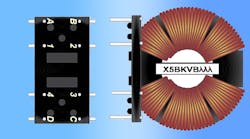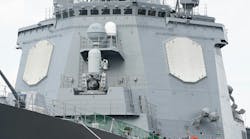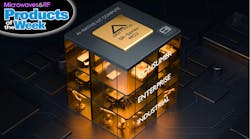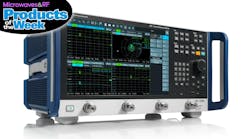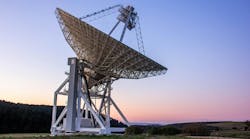Large capacity is essential to the success of present and future cellular wireless networks, and a well-designed low-noise amplifier (LNA) can help increase the capacity of a small cell. A typical small cell has a range of about 10 m to 1 km compared to a traditional macrocell at a few tens of kilometers.1 As a result, a small cell can improve frequency reuse by as much as 1600×.2
On the flip side, hundreds of small cells are needed to provide the same coverage as one macrocell. Hence, it is necessary to make small cell equipment significantly less expensive than its macrocell counterpart. One way to save cost is by using one broadband radio module instead of multiple narrowband radio modules in support of different air interfaces. The LNA is an essential component for the receiver portion of a small cell’s radio module.


